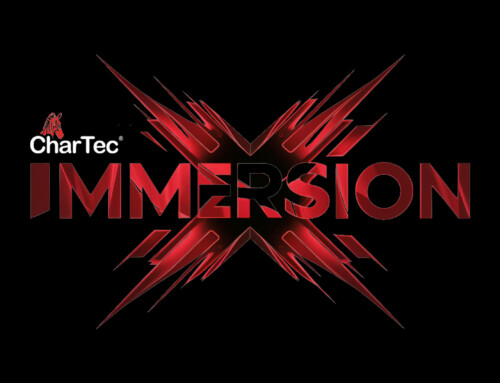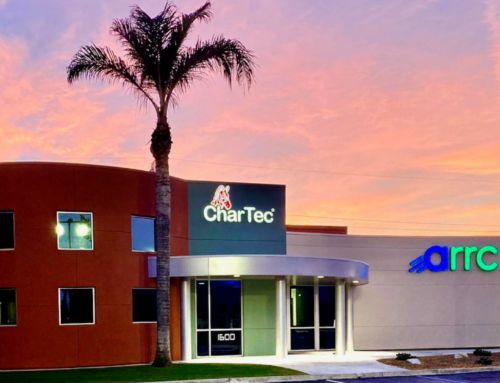This blog will be sent out in the last month of 2019, so if you haven’t already made your business growth plans for 2020 you’d better get started. As a refresher, we’ll go over a few of the topics we have covered this year to help you decide what steps you need to take to get your business moving in the direction you’d like it to.
TAX CODE 179
Part of keeping your business running is making sure your equipment is in good shape and loaded with all the upgrades needed to make it through another year. When did you last replace your PCs, Servers, phones or printers? Do you need new office furniture, decorations, or maybe a vehicle or two? If you have items you’ve been putting off buying, time is running out to get one of the best tax breaks available in years.
By definition, Section 179 in the tax code allows a business to deduct the value of a property that was purchased for the business against any profits (or losses) that may have been made throughout the year it was purchased and implemented, thus lowering the total tax burden. This “property” falls into the following categories:
Business Personal Property: This is anything purchased for business use that isn’t bolted to a floor or wall, and includes furniture, computers, software — even paper and pens!
Machinery and Equipment: This includes items purchased for businesses that are too large to move or might physically be bolted down. An example of this would be a printing press or conveyer belt.
Business Vehicles: These are cars or trucks that have a gross weight of more than 6,000 lbs. and are used exclusively for business purposes.
Listed Property: This is property used for business purposes. What’s interesting here is that it doesn’t have to be 100% business-oriented, though you can only write off the portion that is used for business in proportion to time used. For instance: if you have a home office and you work for eight hours a day for five out of seven days in a week, that means that your home would be used for business purposes about 23.7% percent of the time and therefore you could possibly write off 23.7% of your mortgage.
Capital Improvements: If you make improvements to a building used for business, you can write off that expense. This also includes items like air conditioning or alarm systems.
WINDOWS 7 EOL
One area you might consider upgrading, sooner rather than later, is dumping your antiquated Windows 7 OS and outdated PCs.
If you, or any of your clients, are still using Windows 7, remember that its End of Life will happen on January 14th, 2020. One of the major reasons for not upgrading is because the current system has all the features that an individual or company needs. However, keep in mind that Windows 7 originally came out in 2009, and a lot has changed in ten years. Features that we never would have imagined before have now become a regular part of our daily lives, and even if you don’t currently use any of them, you can certainly see how they might benefit your company.
As an added bonus you can take advantage of tax code 179 and write off the upgrade. It’s a win/win!
HIRING THE RIGHT PERSON
If you’re still a small MSP, your first decision on who to hire can be the most important decision in growing your business. Think about any weaknesses you may have, and what areas of your business are lacking attention. Do you need a bookkeeper? Tech? Salesperson? Or do you choose the costlier option and duplicate yourself? To make it easy on yourself, your first hire should be someone who generates revenue. Otherwise, you’ll be the only one carrying the financial load for the whole company.
Make sure you have some money in the bank because it will take a few months or more for new employees to generate enough revenue to cover their costs. Remember that we recommend having at least three months of salary socked away when you’re onboarding a new salesperson. Since the bulk of a salesperson’s salary is commission-based, you’ll need to give them at least three months to ramp up their commission. Follow the same theory when you hire your first few employees.
Get them to the point where they’re generating enough revenue to cover their costs; then, once that person is generating close to double their costs it’s time to find your next hire. Before you know it, you’ll have a building full of employees.
MARKETING
You’d like to start marketing your business, but you have no idea how marketing works. That’s understandable. You’re an IT person first, so the secrets of Marketing might as well exist on Mars. But deep down you realize that not Marketing will cost you more in missed opportunities than the investment in marketing will ever be. The truth is that well-run Marketing departments generate enough leads to more than cover their costs. But where do you start? What is a Marketing strategy?
Marketing is a long-term process. There’s no magic element that will attract tons of new business, yet, if you don’t market yourself you’ll risk missing opportunities. Start with Social Media platforms like Facebook, YouTube, LinkedIn, and Instagram. Create engaging content, be consistent with your output, showcase the value of your solutions and brand yourself as the expert you are. Sooner or later you’ll motivate the prospects you’re looking for to contact you.
Some days during your growth phase, you’ll feel completely overwhelmed. Keep telling yourself that growing your business is a good thing and that hiring the right people will make the process better for everyone. We hope this blog gave you some ideas and helps motivate you to build the business of your dreams. Let’s all have a great 2020!







Leave A Comment